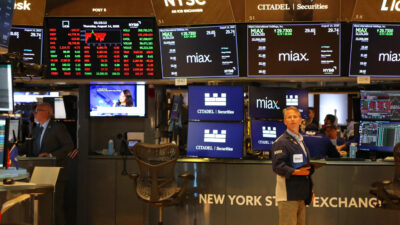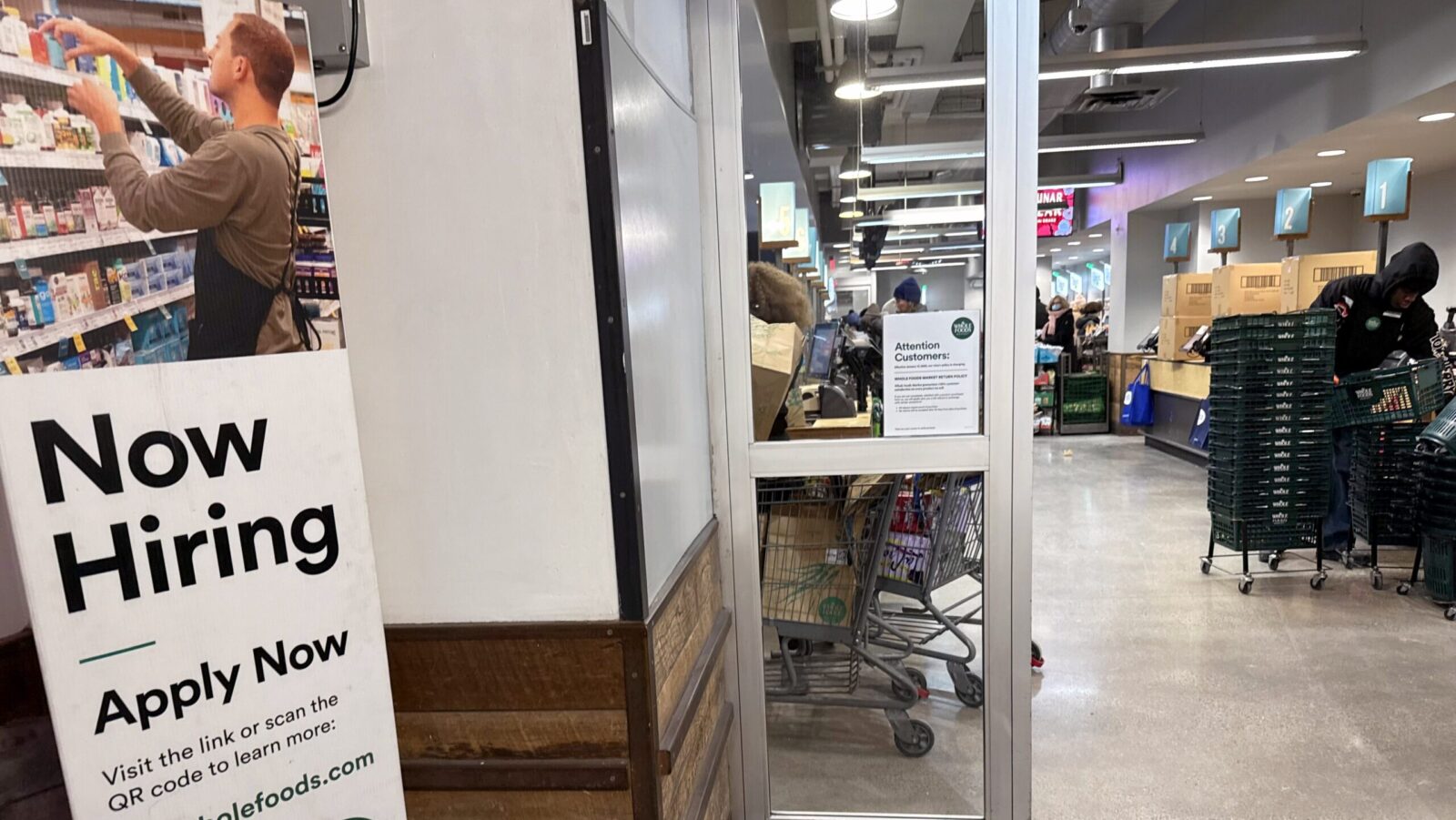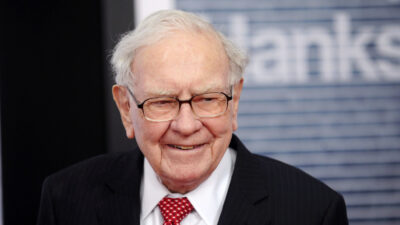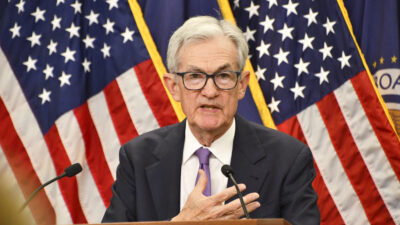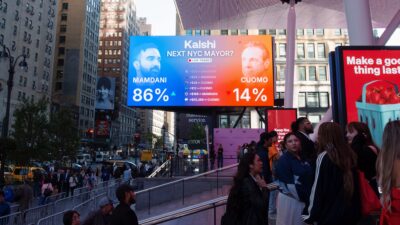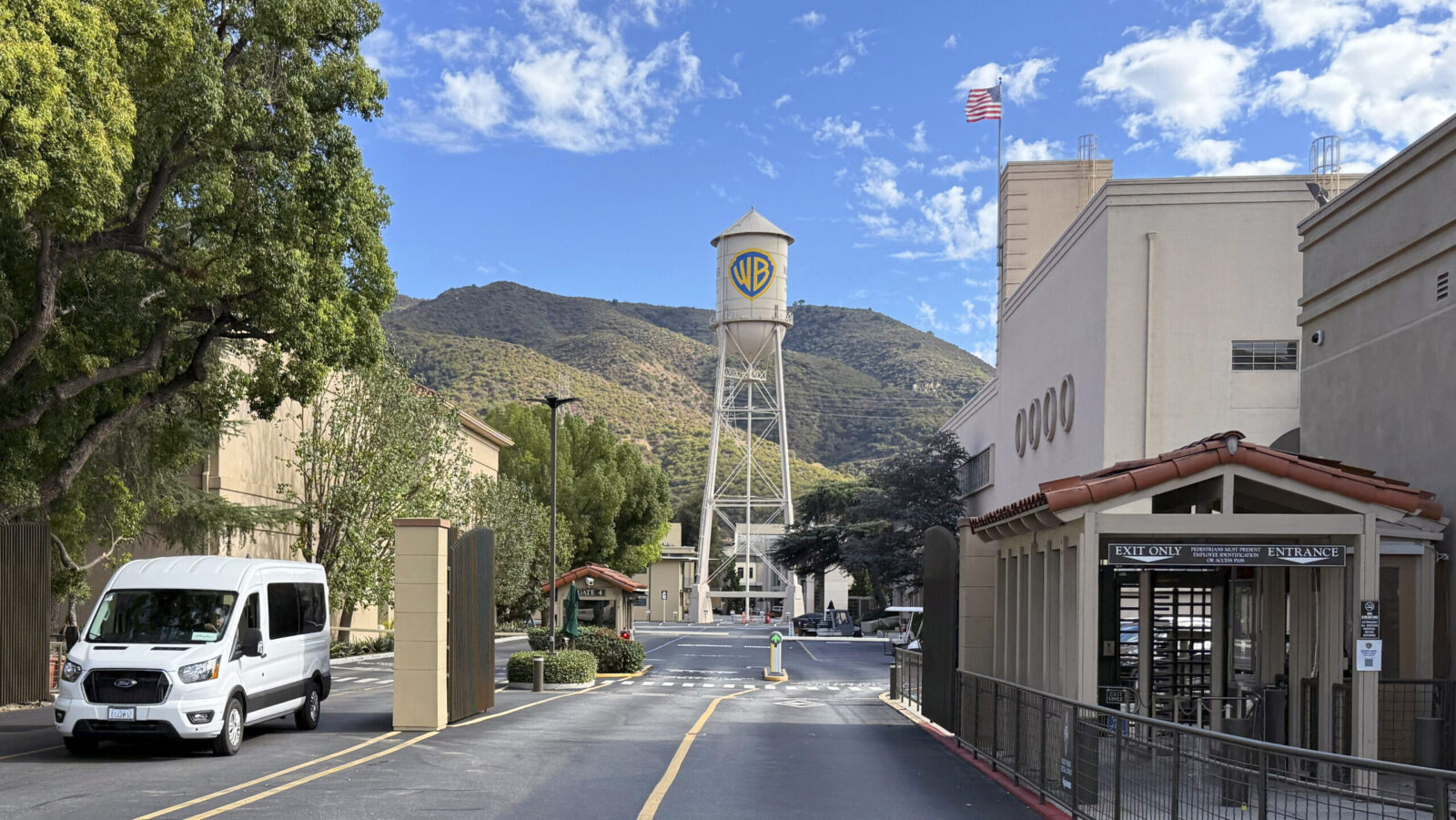
Sign up for smart news, insights, and analysis on the biggest financial stories of the day.
A business that makes money? What a novel idea. On Tuesday, perpetual money-loser Uber announced it has come around to this foreign concept.
The ride-hailing giant said it could turn its first profit on an adjusted basis in the current quarter, in what would mark the end of a losing streak worthy of the New York Jets.
The Biggest Loser
Uber has spent billions over the years to grow its business and then turn around and hemorrhage cash. By the time the pandemic rolled around, investors had upped the pressure on executives to run a business that actually makes money. Covid, which essentially froze the ride-hailing economy for months, merely forced the issue.
After Uber lost a staggering $8.5 billion in 2019, the company trimmed its losses by 20% last year to $6.8 billion. It got there by making itself dramatically leaner: 6,700 staff were laid off, 45 offices closed, non-core businesses like its self driving division were sold, customer discounts were done away with. And the new, slimmer Uber looks better on paper, according to new filings:
- Uber said Tuesday its adjusted profit will fall between a $25 million loss and $25 million profit when the current quarter ends on September 30. It previously expected to lose under $100 million.
- Uber’s stock had shed 22% of its value in 2021, but the news of a potential profit rallied investors, and the stock was up 7.8% in morning trading Tuesday.
Covid made Uber Eats, the company’s delivery service, more lucrative than its core ride-hailing business: delivery earned $2 billion in revenue in the second quarter, rides earned $1.6 billion. But it’s narrowing: the 1.5 billion trips booked last quarter was a 105% improvement from a year earlier.
Challenges Ahead: Even if Uber does eke out a profit, it will face challenges to keep its head above water. The U.S. labour shortage means it still doesn’t have enough drivers and several U.S. cities have launched legal challenges over the cuts it takes from restaurants, threatening razor thin margins. It’s like they say, “Mo Money Mo Problems.”



